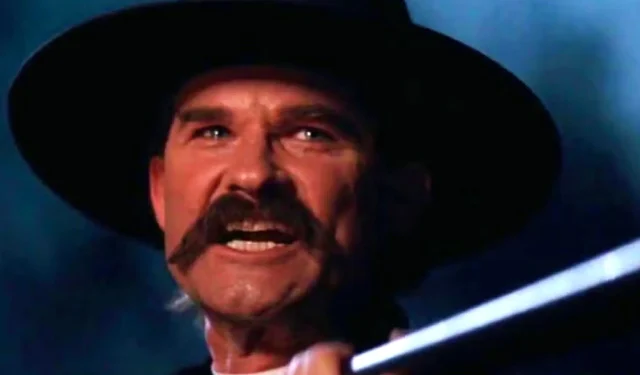
Since its debut in 1993, Tombstone, featuring Kurt Russell, has cemented its status as a landmark film in the Western genre, a category that many believed had diminished. Despite its financial success not landing it among the top ten box office earners of the year, it garnered critical acclaim and has since been lauded as one of the genre’s quintessential examples, alongside other classics. The film masterfully chronicles pivotal moments in the life of Wyatt Earp, solidifying its legacy in cinema history.
Over the past thirty years, the film’s ensemble cast has gained significant recognition, attributed to the remarkable performances of actors such as Kurt Russell as Wyatt Earp, Val Kilmer in his standout role as Doc Holliday, and Michael Biehn as Johnny Ringo. The film has also served as an early platform for other talented actors who later achieved greater fame. Notably, film critic Roger Ebert stated that the excellence of Russell and Kilmer’s performances set a high watermark, making it challenging for subsequent actors to escape the shadow of their remarkable portrayals. This impact cannot be overstated.
When examining the enduring significance of Tombstone, it’s easy to focus on its major attributes, like standout performances and engaging storylines. However, there are subtler elements at play that truly contribute to the film’s lasting appeal—most notably, its portrayal of mustaches. Incredibly, the film’s legacy is intertwined with a particular detail about its facial hair: one of the most prominent mustaches was actually artificial.
The Singular Fake Mustache in Tombstone
The Mustache Requirement: An Insight into Character Authenticity
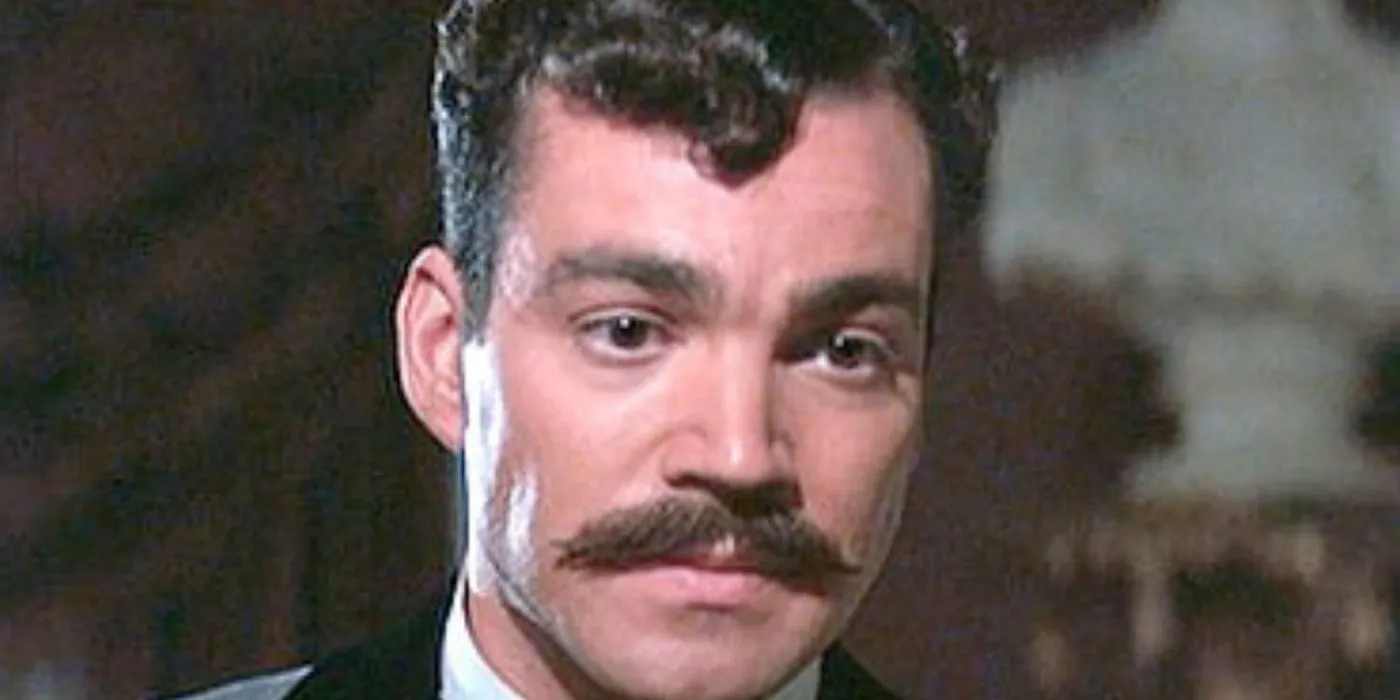
Among the intriguing anecdotes surrounding Tombstone is the fact that only one cast member sported a fake mustache. At first glance, this might appear trivial, yet for enthusiasts of facial hair and film authenticity, it becomes a point of interest. Remarkably, most of the cast, including Kurt Russell, Michael Biehn, and Val Kilmer, sported genuine mustaches; however, Sheriff Johnny Behan, portrayed by Jon Tenney, was the exception. Due to a previous filming commitment that required him to be clean-shaven, he couldn’t grow a mustache quickly enough for the production. As Biehn recounted in a 2010 interview with MovieWeb:
“There was one guy, Jon Tenney. He didn’t get to grow his own mustache because he had a job right before that.”
This seemingly minor detail of the film—its mustache requirement—extends beyond mere aesthetic appeal and illustrates the overall commitment to authenticity in the production of Tombstone.
The Significance of Kurt Russell’s Mustache in Tombstone
The Importance of Attention to Detail
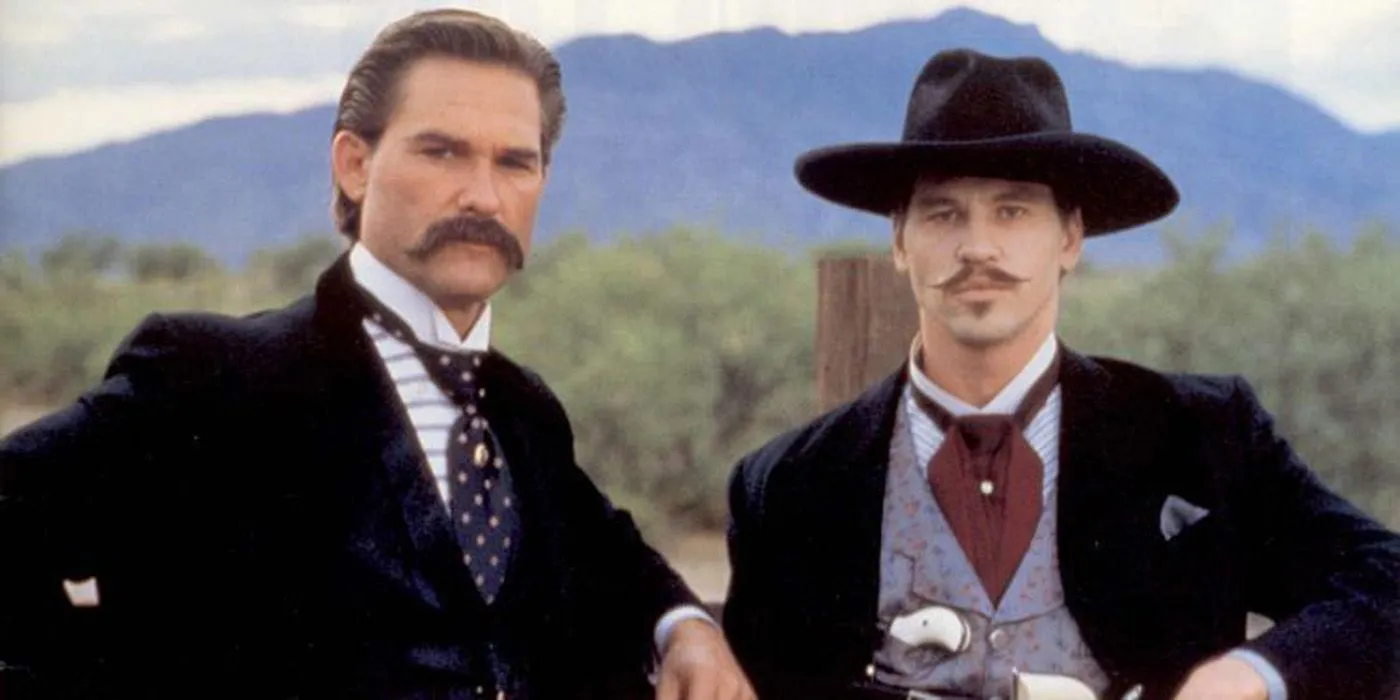

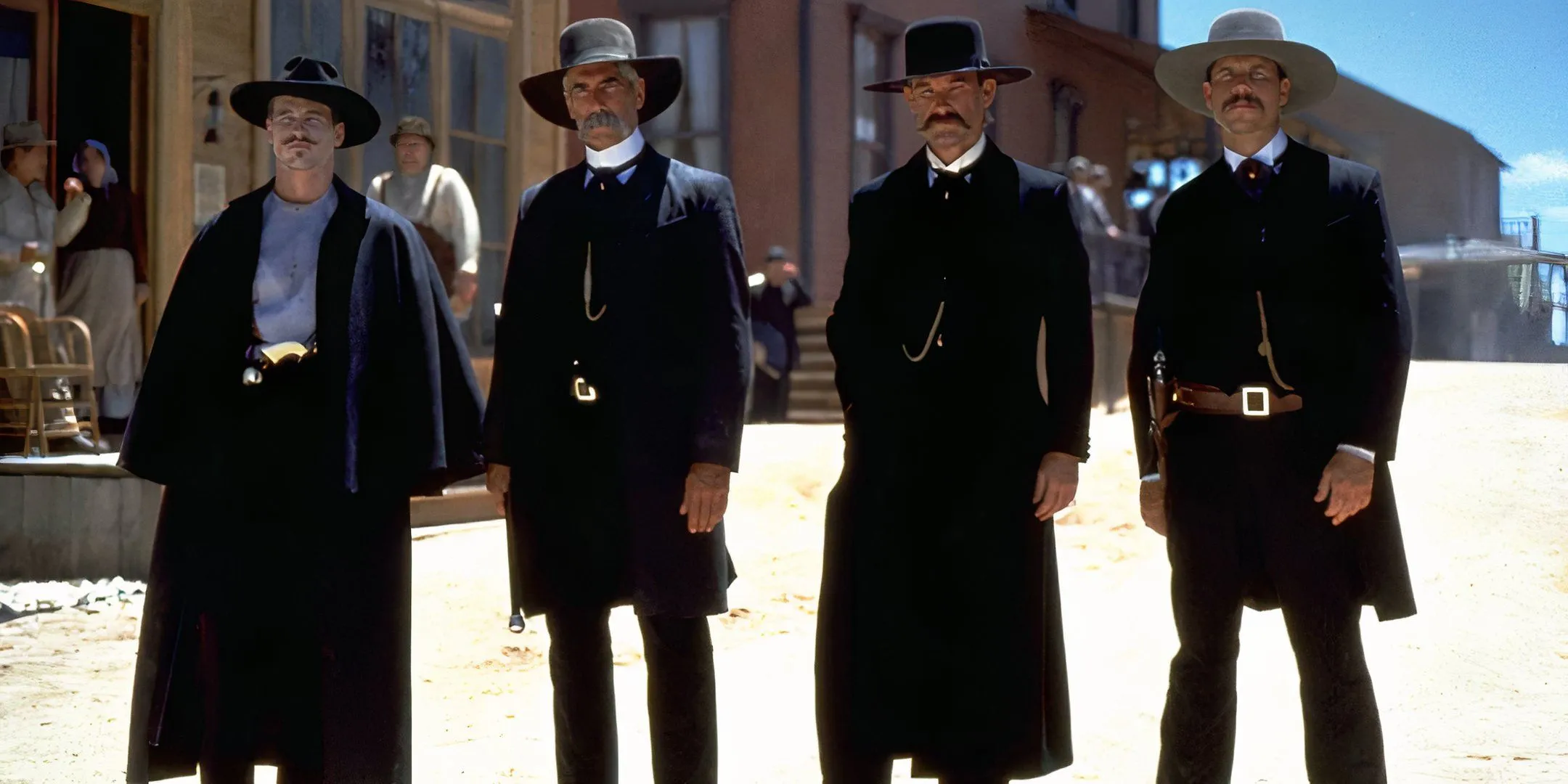
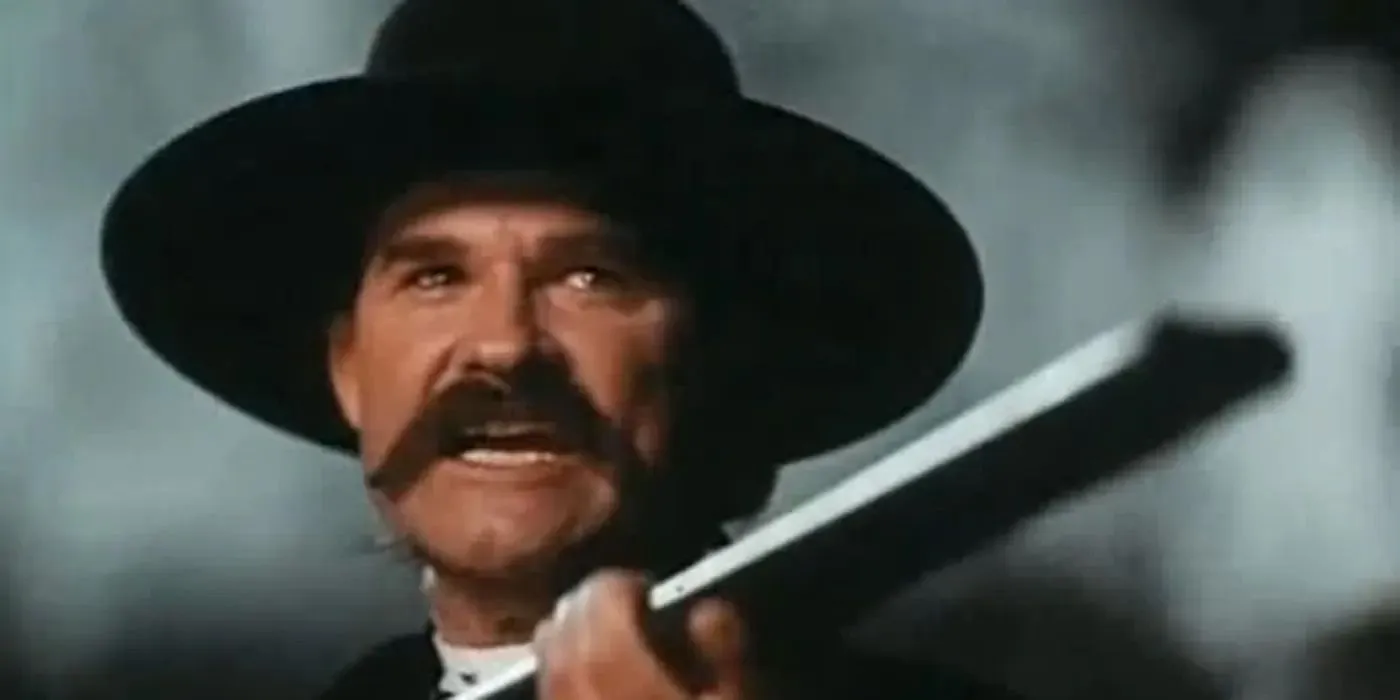
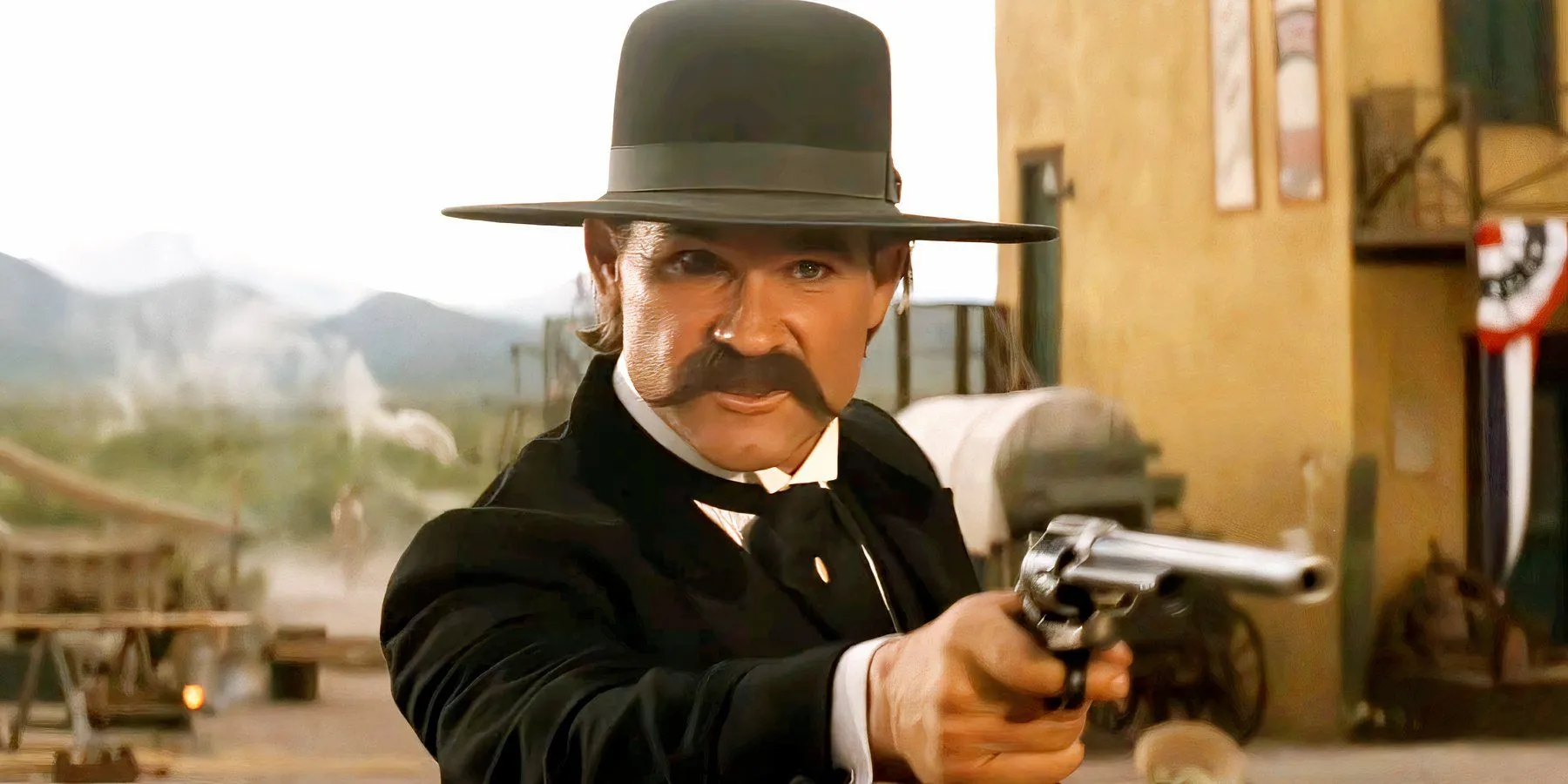
The film Tombstone continues to resonate with audiences due to its exceptional world-building and immersive storytelling. A key aspect of this authenticity stemmed from the insistence on real mustaches among the cast—an impressive directive given the chaotic nature of the film’s production. Actor Michael Biehn, who was close with original director Kevin Jarre, revealed that Jarre was adamant about the real mustaches, a guideline that persisted even after Jarre was replaced by George P. Cosmatos.
The attention to detail extended to specific styling as well. Jarre requested that mustaches have curled ends, necessitating the use of wax for fulfillment. Biehn’s recollections emphasize the cast’s pride in their authentic mustaches:
“He was very specific about how he wanted the mustaches. He wanted them to curl up on the end. Everyone was pretty proud that they grew their own mustache.”
The commitment to historical accuracy had implications for Kurt Russell as well. In his portrayal of Wyatt Earp, Russell initially intended to grow a mustache that reflected the character’s earlier years. However, Cosmatos pointed out discrepancies between Russell’s mustache plan and historical images of Earp, prompting Russell to adjust the style to better align with the period:
“It’s funny, I let my mustache grow to try to find what I wanted to do with Wyatt Earp… [C]osmatos… said, ‘Well, that’s not the way he wore his mustache at that time.’ And I’m actually glad that I went with the mustache that he wanted me to go with.”
Ultimately, while the compelling narrative and character performances have contributed to the film’s standing as a classic Western, it is the meticulous attention to detail—symbolized by the authentic mustaches—that distinguishes Tombstone in cinematic history. With a production budget of $25 million, the film employed its resources wisely, evident in its exquisitely crafted depiction of the historic 1881 Gunfight at the OK Corral.
Despite facing critiques of sensationalism, Tombstone has garnered acclaim for its fidelity to historical facts. It’s important to recognize that when collective memory evokes the events of the OK Corral—an event many historians deem relatively minor—it is often this cinematic rendition that springs to mind. The film’s meticulous approach to character appearances, speech, and weaponry, along with filming on location in Tombstone, lends a vivid authenticity to the storytelling. Such dedication to detail, particularly illustrated by Russell’s commitment to the accuracy of Earp’s mustache, truly enriches the overall viewing experience.




Leave a Reply